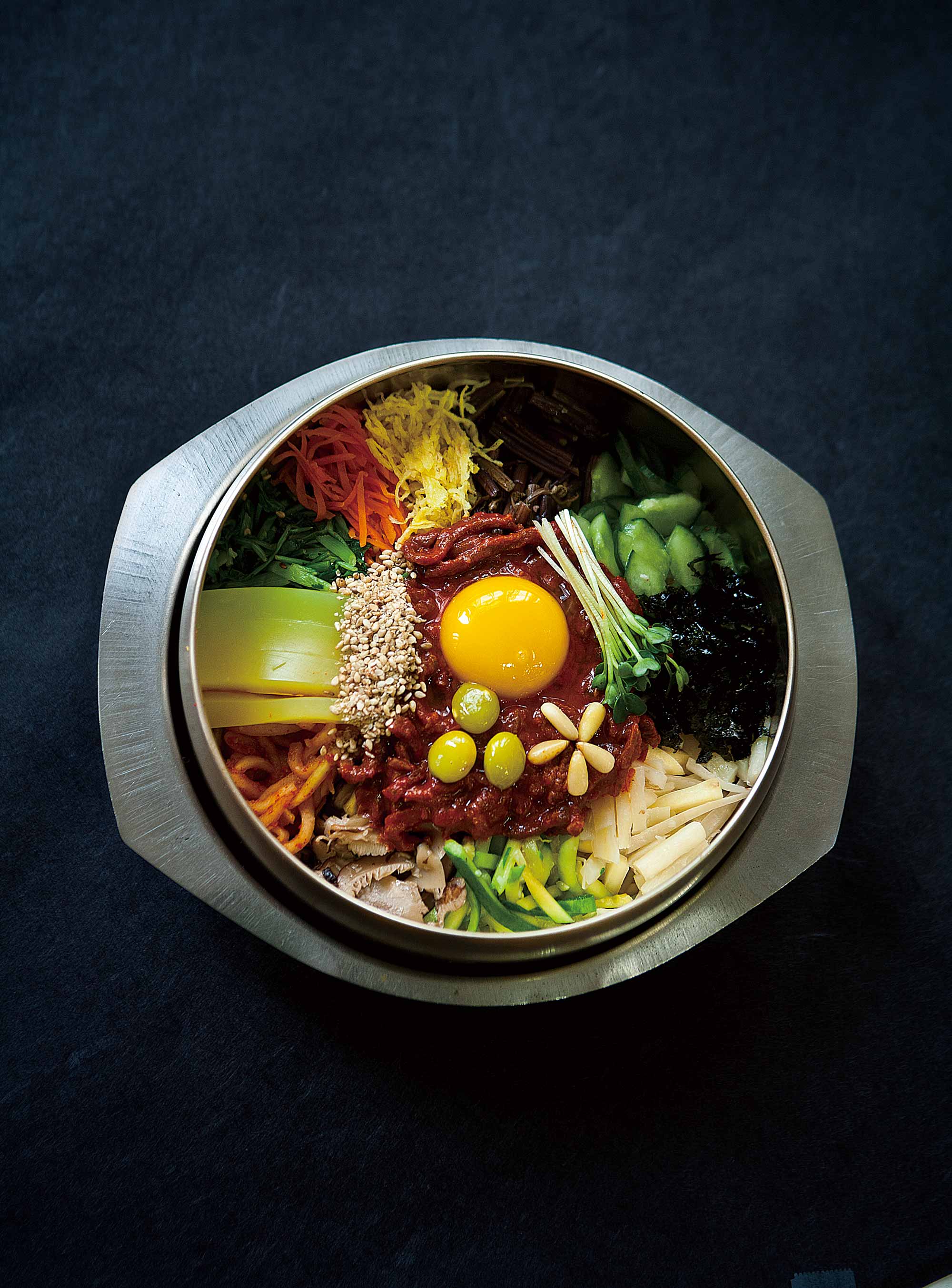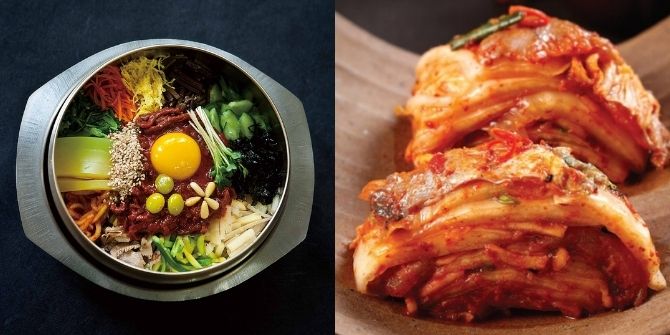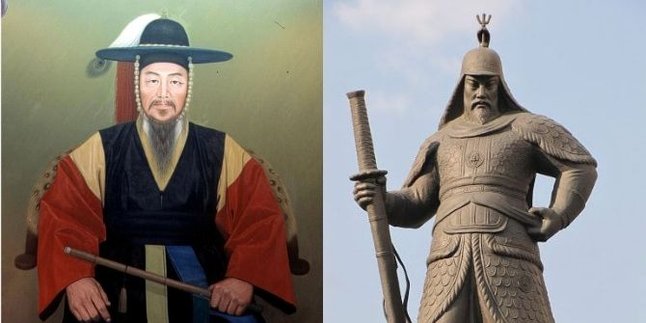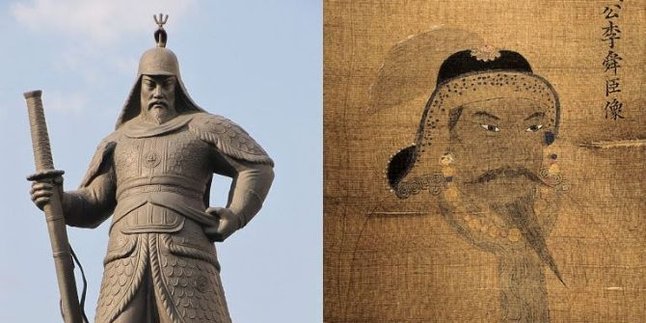Kapanlagi.com - Hansik is an abbreviation of Hanguk Eumsik which means Korean food. Korean food is one of the foods that is now also popular in almost all parts of the world along with the popularity of Korea through the Hallyu Wave.
Hansik is also believed to be a healthy food. In Korea, there is a saying that the root of medicine and food is the same so if you eat delicious food, it's like taking good medicine.
1. Comparison between Animal-based and Plant-based
As reported by the Voluntary Agency Network of Korea, in the past, Koreans first thought about people's health when preparing food. For example, if we look at the main ingredients of Korean dishes such as Bibimbap, Japchae, and Galbijjim, the ratio of animal-based and plant-based food is 20:80. This will remain consistent in every meal.
Historically, Koreans believed that food is a link between nature and humans, so they developed recipes that can bring out the natural taste of the ingredients used when preparing food.
2. The Philosophy of Yin Yang and Five Elements in Each Dish
Namul or wild vegetables are a popular Korean dish prepared to highlight their natural taste. Simply mixing or boiling vegetables without damaging their original nutritional value. But it doesn't stop there, Korean food also reflects the profound philosophy of Yin Yang and Five Elements, which refers to the philosophy that everything can be divided into yin and yang (a concept in Chinese philosophy that is usually used to describe the nature of interrelated and opposing forces in this world and how they build on each other).
In Hansik, root vegetables are considered 'yin', while vegetables that produce fruit above the ground, animals, or fish are 'yang'. In addition, according to this philosophy, all things consist of Five Elements, namely metal, wood, water, fire, and earth. This means that 5 colors, tastes, and recipes must be considered when cooking.
3. Kimchi Becomes One of the Healthiest Foods in the World

Bibimbab © olivem.co.kr
The most well-known dish is Bibimbap, which is one of the most popular Korean foods that reflects both Yin Yang and the Five Elements. The ingredients of Bibimbap are rice, gochujang (red chili paste), vegetables, parsley, bean sprouts, and Korean-style raw meat. In this way, the Yin Yang of these ingredients harmonizes with Obangsaek (5 colors), including yellow (center), green (east), white (west), red (south), and black (north).
As explained on koreancuisine.kr, the yellow color consists of bean sprouts, eggs, Korean-style yellow jelly, and walnuts. Meanwhile, the green color includes parsley, pumpkin, ginkgo nuts, and cucumbers. The white ornaments are pine nuts, white radish, balloon flower, and chestnuts. Furthermore, the red color consists of Korean-style raw beef, carrots, gochujang, and jujubes. Lastly, for black, there are pyogo mushrooms, ferns, and seaweed.

Currently, many researchers in and outside of the country are studying Hansik with nature, health, and oriental philosophy as its ingredients. An American health journal has designated Kimchi, the main Korean dish, as one of the Five Healthiest Foods in the world. Can anyone mention other healthy Korean foods?
(kpl/mit)
Disclaimer: This translation from Bahasa Indonesia to English has been generated by Artificial Intelligence.








![[KapanLagi Cerita Korea Ep 4] 'Ppalli Ppalli!', Life in Korea That is Always Chased by Time](https://cdns.klimg.com/resized/646x323/p/headline/kapanlagi-cerita-korea-ep-4-ppalli-ppal-fe127b.jpg)

![[KapanLagi Cerita Korea Ep 3] Korea that is All Easy: Living Conveniently in the Land of Ginseng](https://cdns.klimg.com/resized/646x323/p/headline/kapanlagi-cerita-korea-ep-3-korea-yang--0ee9f5.jpg)
![[KapanLagi Cerita Korea Ep 2] 'Jogeumman Juseyo', Learning Korean Language to Reject Bullseye Eggs while Studying in the Land of Ginseng](https://cdns.klimg.com/resized/646x323/p/headline/kapanlagi-cerita-korea-ep-2-2268364732j-d2a41b.jpg)
![[KapanLagi Cerita Korea Ep 1] Biggest Initial Culture Shock in Korea: Learning Like in the Drama 'SKY CASTLE'](https://cdns.klimg.com/resized/646x323/p/headline/kapanlagi-cerita-korea-culture-shock-te-362b03.jpg)

